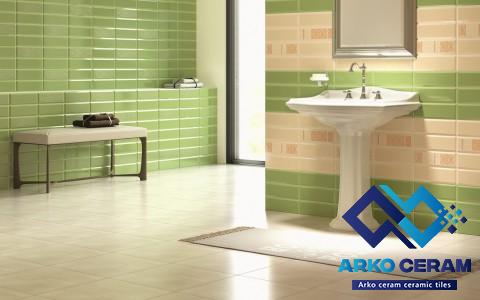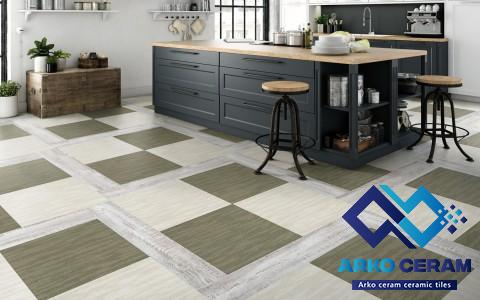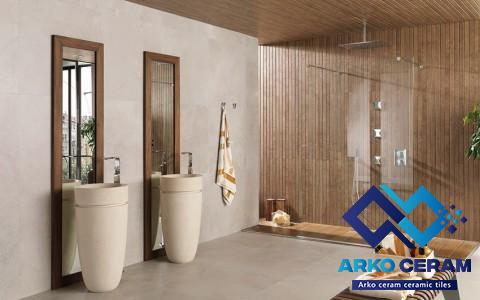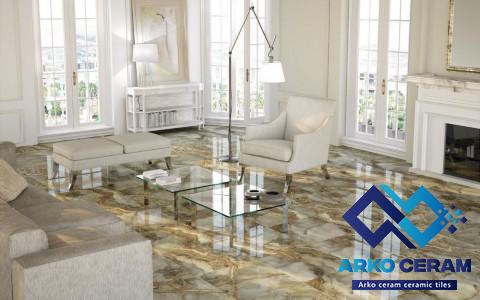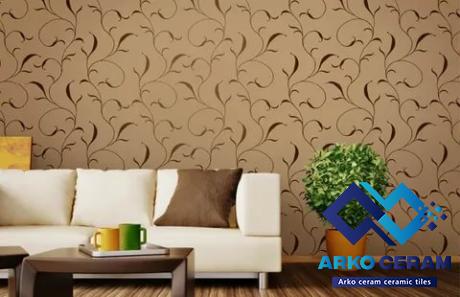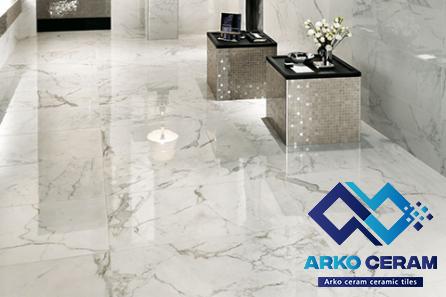how to install tile on stair landing with rounded edge
The front, horizontal part of a stair that is called stair landing can be covered by tile installation
They may be tiled for a new aesthetic or left in the tread’s material
Tile stair landings may be made more colorful, have more design detail, and be more durable by having ornamental tiles covered over them
Similar to tiling anyone else vertical surface, tiling a set of steps requires precise design, cutting, and setting techniques in order to ensure a durable installation
The top stair riser should be measured
Starting from the top, you work your way down the ceramic tiles
Always take a moment to measure and lay out the tiles for each height since stair dimensions might vary a bit from riser to riser
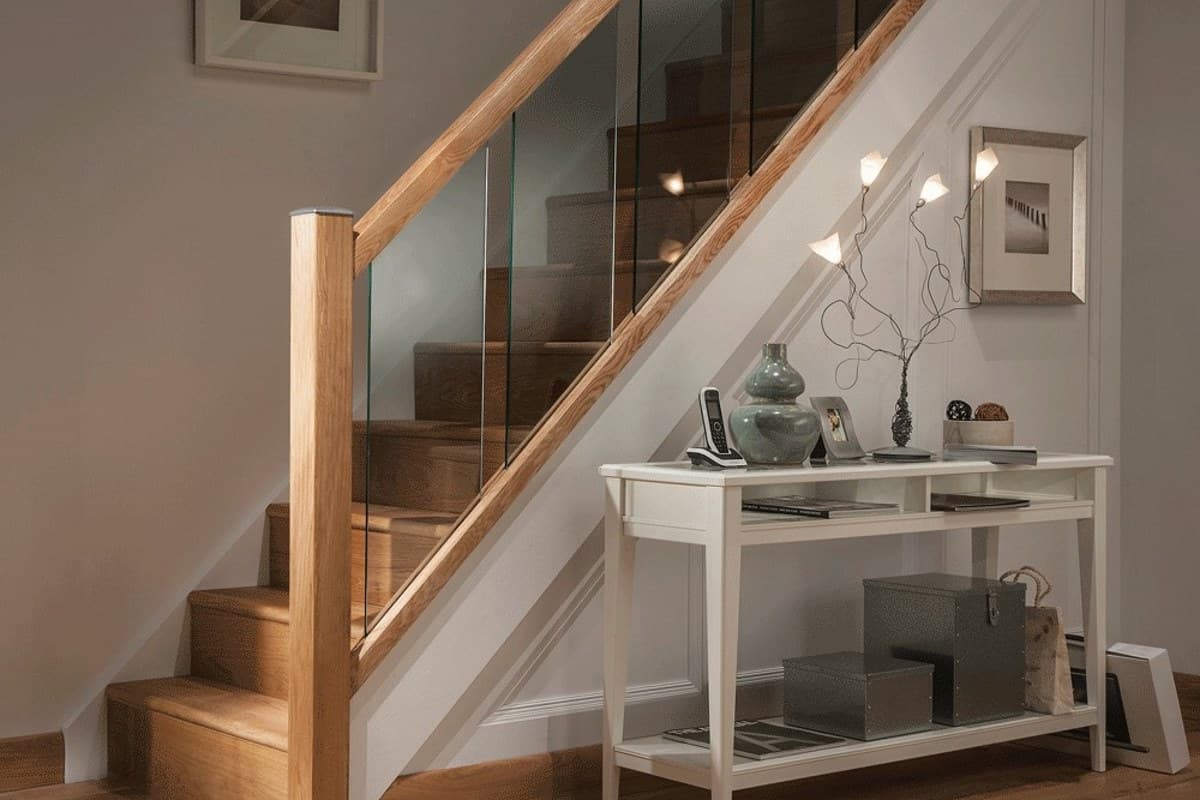
Tile
2
Locate the riser’s vertical center line and mark it with a chalk line
3
Define a zone it is the same size as the riser nearby
The initial tile should be put in the middle of this region as you arrange your tiles
With the cut tiles on each end, the riser is installed in a balanced manner
Fit of the tiles again on the dry plan after cutting them to size using a tile wet saw
4
Use a trowel to apply mortar on the riser
Spread the mortar straight onto the backs of each tile using a margin trowel if you have a very small riser that is hard to reach with the trowel
5
In the same order that you decided upon in your dry plan, press these tiles onto the riser
To aid in their bonding, softly tap the tiles into position with the handle of the margin trowel
On to the risers below, please
Give the mortar 24 hours to dry
6
Use a grout float to evenly distribute grout over the tile joints as you grout the risers
To achieve thorough covering, pack the grout in many different ways
After giving the grout some time to cure, use a grout sponge to wipe the tile’s surface
Give the grout 24 hours to dry
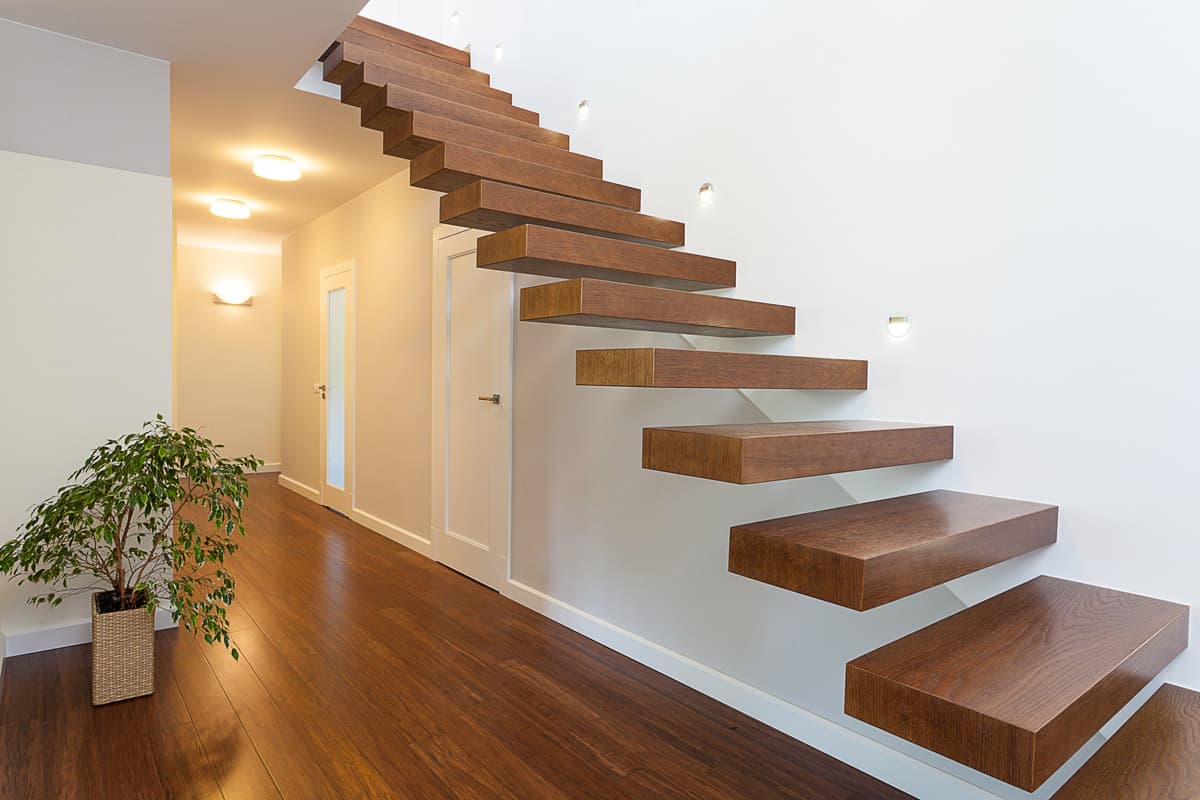
Glazed wood look flooring tile
How to tile stairs without bullnose
Don’t worry if you find the ideal stair tile but without any bullnose pieces accessible for finishing
Although the bullnose’s smoothly rounded edge is the preferred option, there are other ways to make a tile changeover or completed edge
Include pencil or chair rail moldings
Look for ornate chair rail or pencil trims in the same material and color as your chosen tile if bullnose is not an option
Numerous ornamental moldings are often available on natural stone tiles
If one is not readily accessible, think about using molding in a contrasting or complimentary hue, such as glass or blue with ceramic tile or white with field tiles
Employ a Caulked Edge A bullnose also isn’t required for all tile kinds, hence certain tile types do not have one
The edges of porcelain tiles,glass tiles, and tumbled stone variants are finished naturally

Square waterproof laminate floor tiles
For a finished appearance, they don’t need a distinct edge piece
Install only as far as the edge, then caulk
Place a piece of adhesive tape on one grout joint form of the edge of the final tile to guarantee a seamless, water-tight transition
Then apply a smooth bead of caulk to the space between the tiles and tape
How to Make a Bullnose: If a bullnose edge is not available and you are tiling with natural marble, travertine, slate, and porcelain tiles, you may create one on your own
These tiles are all made of the same material, so you can use a wet saw equipped with a bullnose blade to grind and shape each tile’s edge to produce a bullnose
These materials may easily be cut to whatever size desired, creating a polished edge with style
Use the blade to grind down the tile’s edge in the direction of the curve to create your own bullnose edge
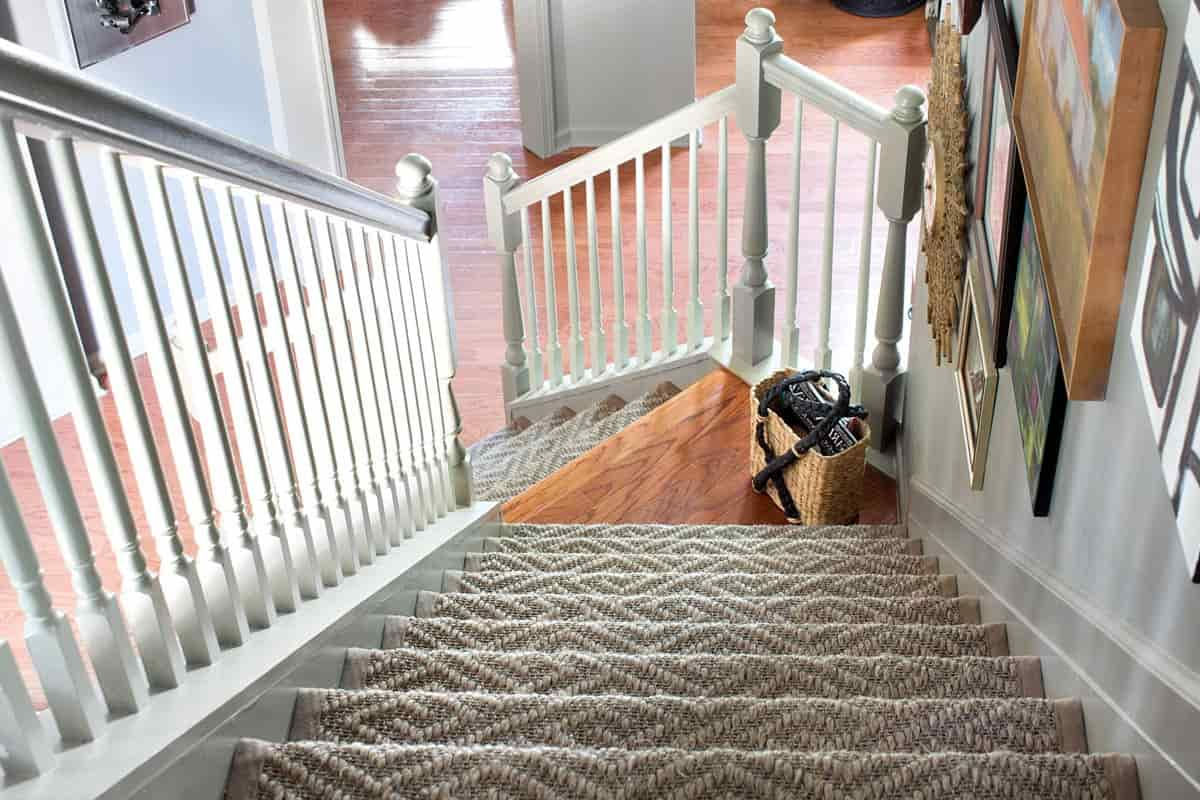
Tiling stairs with porcelain tiles
These days tiling stairs is so trendy and common especially with porcelain tiles, there are different types of porcelain tiles for stair tiles
To hide unfinished tile edges, use coordinating tile trim pieces like surface bullnose or quarter round
Trimming uncovered tile edges for stairs in this manner is the most typical method
Because no extra material is added to the staircase, tile trim for stairs provides for a clean appearance
A stair tread will be supplied for use on stairs in several tile lines
A flawless match is guaranteed since stair treads are built in the same facility as the field tile
For increased safety and a step that seems thicker, stair treads may be employed
Tiled staircases may be finished with metal profiles like Schluter
Metal profiles are available in a variety of designs and hues

Metal profiles may be utilized in both residential and business staircase installations because of their extensive form selection
The finish of a step may be completed by the installer bullnosing natural stone tiles
This guarantees fewer grout lines, which gives the area a cleaner appearance
To provide a more complex impression, thicker stone tiles might also dangle over the riser
Bullnosing is another option for porcelain full-body tiles
Your creativity is the only restriction on stair risers
Any staircase may benefit greatly from the excellent design elements that all of the tiles may bring when used on stair risers
Encaustic tiles, hand-painted tiles, and mosaics are examples of typical materials
Even though the step itself is not tiled, stair risers may be
In order to achieve density and extremely little porosity, porcelain tiles are burned at high temperatures
Your steps will always look as wonderful as the day was placed if you choose porcelain tiles since they never discolor, almost ever scratch, and never lose their shine

Ceramic tile step edge
Stair edging which is so typical in porcelain ceramic tiles step is to distinguish and strengthens step edges
Depending on their use, they may provide improved vision for those with visual impairments or low light settings
Problem-solving and problem-prevention tools are stair edge
The section of the stair that tends to worn out first is the stair nosing since it is where people foot on the stair
The issue of worn stairs may be avoided using stair edge
Because stair edgings have anti-slip characteristics, you are also assisting in the issue of slips and falls
Commercial structures including schools, colleges, stadiums, and office buildings get a ton of foot traffic every day
Therefore, building owners must take all reasonable measures to preserve the security of these users and assist shield themselves from legal action should an incident happens
The greatest method to meet this demand while increasing the aesthetics of the building is to install tools that improve safety and visibility, such as stair edgings
Look for both longevity and aesthetic value when choosing the kind of staircase nosing that will suit your demands the best
A variety of high-quality finishes are available that will complement the facility’s design
Business America loves bronze
The chrome stair edge gives off a steely, polished appearance
Aluminum goods are a favorite in educational settings
If your current floor material is worn out from not having stair nosing during installation, and then retrofit the worn-out stair nosing by removing the problematic area and replacing this with a nosing and an anti-slip insert, you become a problem-solver
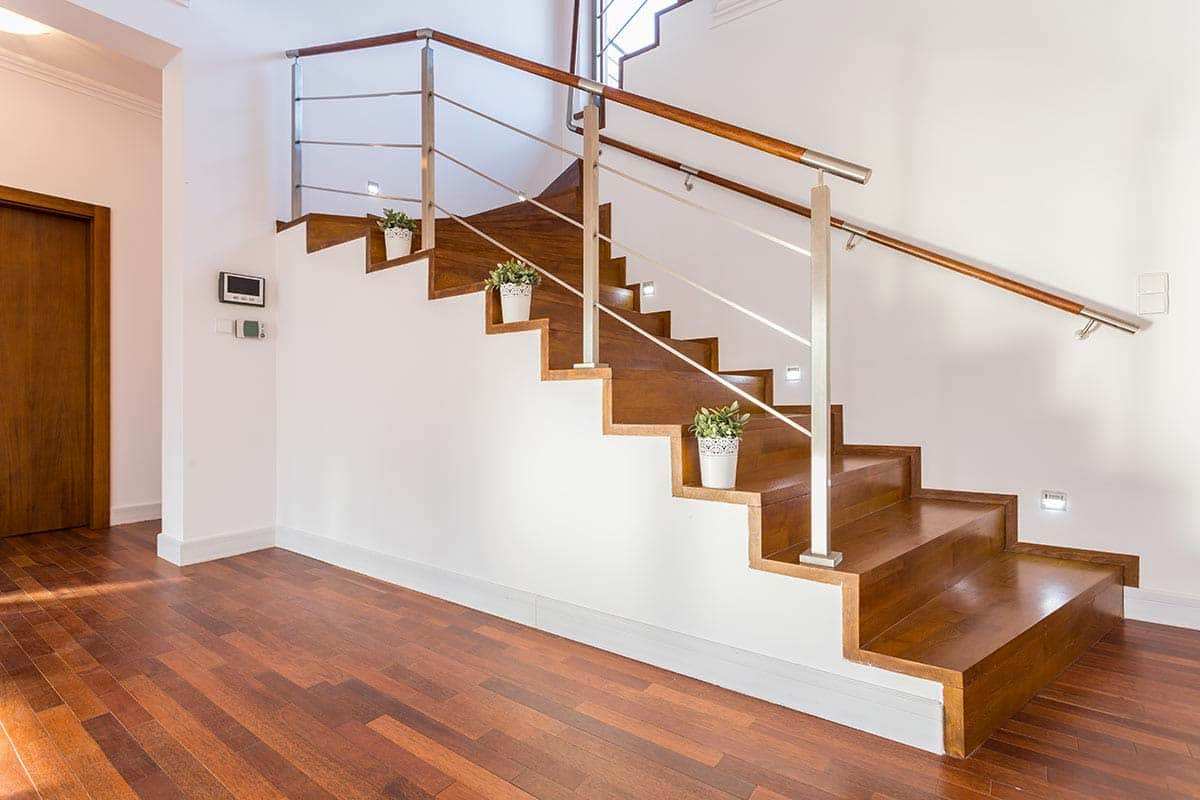
Ceramic tile on stairs problems
Thought should undoubtedly be given to overall aesthetics when selecting tile for your stairway, but there are problems for ceramic stair glass tiles, safety is without a doubt the most crucial factor
if you won’t have to have one without the other with the correct strategy and guidance it leads to dangers such as slipping
It is possible to have beautiful stairs that match your design aesthetic, are not simple to maintain, and thus are not safe for you, your family, and any guests if the grout or adhesive doesn’t stick well on the surface
It’s crucial to consider grout lines and/or tile color differences when designing your tile staircase if not the appearance of the tile stairstep will be so ugly
You may choose the ideal tile for your staircase based on the next two considerations to make sure it is as secure as feasible
the top of each staircase
It is not simple to “clip” or “miss” a step if it is excessively high or low, which might result in a fall
The minimum and maximum stair riser heights, according to normal code practice, are 4 inches (102 mm) and 7 inches (178 mm), respectively
The leading edges of neighboring treads must be aligned vertically to determine the riser height and it is important to consider
the false separation between one step and the next leads to problems too
The single stair visibility is crucial while gazing down the staircase from the top, but it may also correspond to the orientation of the grout on the top level
To help your subconscious distinguish between the level of the stair riser and the real staircase that you are walking onto, the grout lines on the stair riser and the tile on the real stair should be different when seeing the staircase from of the lower level if you don’t follow ceramic stairs are not safe
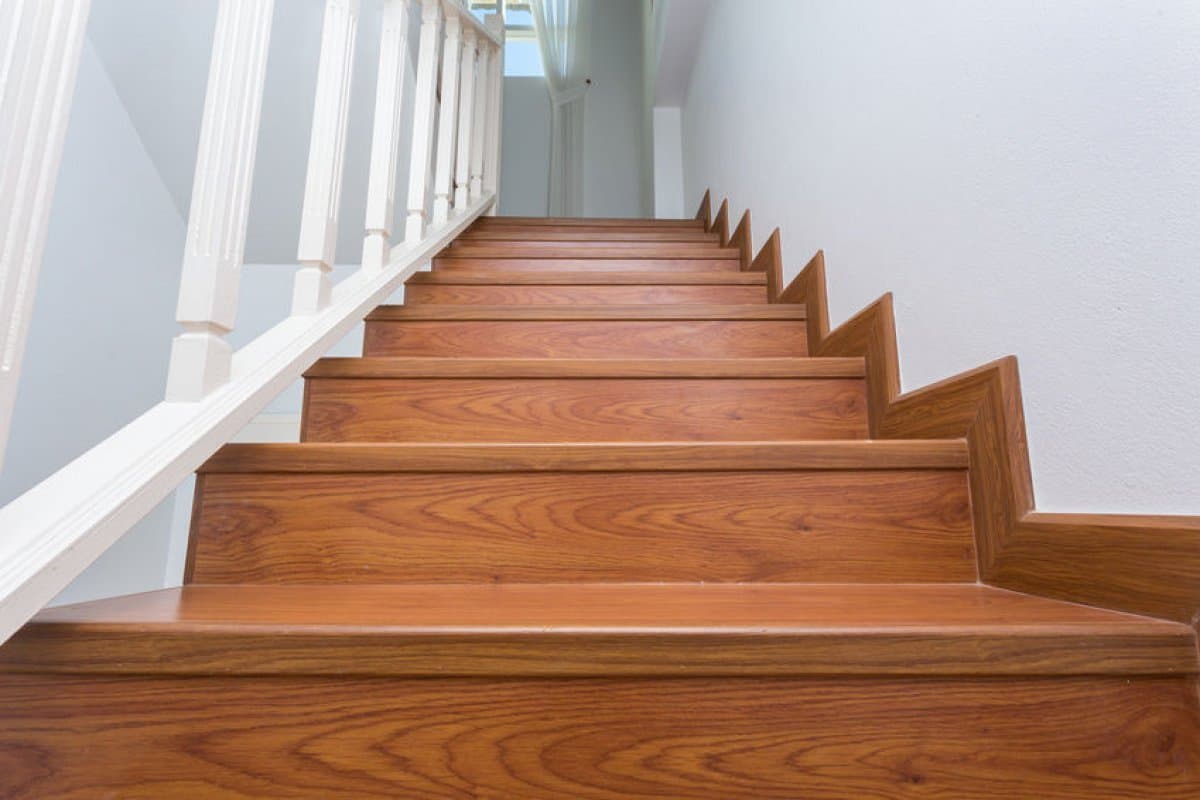
Best tile for stairs
When choosing the best tiles for stairs, durability and safety rank above style as the main considerations
You can create a dependable and attractive staircase design with the correct tiles
Your stairs will be climbed several times each day
They must be made from a durable material that can withstand frequent usage
For durable tiles, a natural stone effect is a great option
Take into account the sheer number of instances of ancient architecture that have exquisite marble stairs
Some of them have endured for hundreds of years
Natural stone tiles might help your property achieve the same level of durability
Limestone, travertine, slate, and onyx are other materials to take into consideration in addition to marble
One of the most dangerous areas in the home might be the staircase

You must make a cautious selection of the flooring material
The tiles that are least likely to cause a fall are the recommended ones to use on stairs
Dynamic coefficient of friction (DCOF), a grading system used by tile experts, quantifies how effectively a substance resists slipping
The safer it is to walk on, the better the rating
In comparison to other areas of the home, experts suggest that inclines—including staircases—need a greater DCOF value
Your stairs should be made with tiles that have a rating of 0
65 or above
You may find porcelain or stone tiles that meet this criterion by asking your tile supplier for recommendations
If you look closely at a staircase, you could notice that the junction of the treads (the flat parts) and the risers have a little overhang (the vertical sections)
That is referred to as nosing
It might increase traction and increase the area that is open for your foot to land on

Tile Stairs outdoor
Outdoor stairs are a crucial component of every construction, including homes
Amongst the most often utilized materials for patio flooring is marble tiles
The first factor that homeowners take into account is their looks
However, there are other significant considerations that one should consider
Both durability and aesthetics should be considered while building strong outdoor tile stairs that will endure for a long time
Find out how to choose tiles for stairs outside
Finishing outdoor stairs is a crucial part of building a home
The finishing patio stairs or the stairs near the main door is the same
Both are the defining components of a home; therefore, they must blend aesthetic appeal with appropriate usefulness
Take a look around and consider the other components of your home before selecting outdoor tiles for your steps
Those are your markers; they need to coordinate with the stairs and the tile flooring

It is advised to choose materials that match the windowsills, plinths, and quoins as well as the pillars on your porch
The walks, patios, and garden that have been constructed surrounding the structure should also complement the outside stairs

